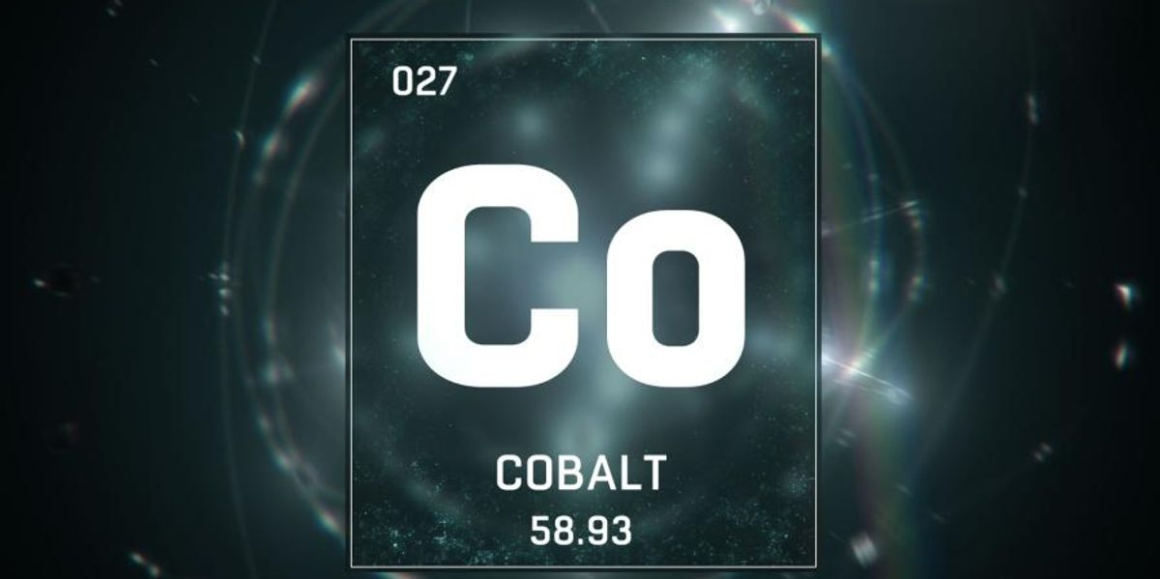The first months of 2024 saw cobalt take a bearish stance constrained by excess supply and eroding demand.
Cobalt prices faced many headwinds at the beginning of the year pulling the value of the battery metal down by 2.01 percent between January and the end of March. After starting the calendar year at US$29,134 per metric ton, prices fell to US$28,548 at the end of the three-month session.
The sluggish market conditions were attributed to reduced demand from the battery sector and an oversupply of material. As a result, prices remained under pressure, with limited signs of improvement expected in the near term.
Additionally, concerns over the economic impact of the Russia-Ukraine conflict added to the market uncertainty.
The first 30 days of Q2 haven’t offered relief to the cobalt market as prices continue to consolidate, falling below US$28,000 in mid-April.
These tough market conditions were reflected in the share performance of the sector’s exploration and mining companies. However, despite the challenges three companies have been able to make gains in the current market.
Year-to-date gain: 15.38 percent; market cap: C$32.94 million; current share price: C$0.60
Canada-based exploration and development company Electra states it is actively involved in processing low-carbon, ethically sourced battery materials. The company is working to develop North America’s sole cobalt sulfate refinery while operating a black mass recycling demonstration plant. Black mass is obtained from end-of-life lithium-ion batteries.
Electra is also progressing exploration efforts at its Iron Creek cobalt and copper project in the Idaho Cobalt Belt, and expanding its cobalt sulfate processing capabilities in Bécancour, Québec.
“Canada has surpassed China as the top jurisdiction in the global battery supply chain, given its strength in raw materials mining and processing,” Trent Mell, Electra’s CEO, said. “Today’s investment from the Government of Canada means that Northern Ontario will seize the economic opportunities created by Canada’s transition to a green economy.”
Shares of Electra reached a year-to-date high of C$0.97 on February 15.
Year-to-date gain: 6.67 percent; market cap: C$87.67 million; current share price: C$0.32
FPX Nickel is currently advancing its Decar nickel district in British Columbia, Canada. The property comprises four key targets, with the Baptiste deposit being the primary focus, alongside the Van target.
Additionally, FPX Nickel holds full ownership of three other nickel projects in British Columbia and one in the Yukon, Canada. While nickel extraction is its main focus, the company plans to produce cobalt as a by-product from future mining operations at the Baptiste site.
Martin Turenne, president and CEO of FPX, noted that Sumitomo’s investment is a substantial validation of FPX’s Baptiste nickel project, highlighting Sumitomo Metal Mining’s expertise in nickel production and supply chain diversification.
The exercise resulted in the completion of an additional private placement, where a total of 8,981,971 common shares were issued to the strategic investors at C$0.48 per share, generating C$4,311,346 of proceeds.
With approximately C$45 million on hand including the proceeds, FPX expects to be fully funded for its 2024 and 2025 activities.
Shares of FPX spiked following the news and reached a year-to-date high of C$0.40 on February 5.
Year-to-date gain: 5 percent; market cap: C$123.16 million; current share price: C$0.31
Sherritt is a leading global player in hydrometallurgical processes for nickel and cobalt extraction. At its Moa joint venture, Sherritt is pursuing a 25 year expansion program to boost annual mixed sulfide precipitate output by 20 percent, equating to 6,500 metric tons of nickel and cobalt.
For 2024 ,the company is anticipating an uptick in nickel and cobalt production “due to increased feed of mixed sulphides from the Moa mine site to the refinery as a result of access to additional ore sources.”
Sherritt shares marked a year-to-date high on April 10 of C$0.36.
Cobalt is a silver-gray metal that is often produced as a by-product of nickel and copper mining. It does not occur as a separate metal anywhere in the world, and must be produced by reductive smelting, or from the metallic ore cobaltite, which is made of cobalt, sulfur and arsenic.
Historically, cobalt oxides were used to impart a blue pigment to glass, porcelain and paints, hence the still-used cobalt blue paint. The metal is also used to produce superalloys, as cobalt imparts qualities such as corrosion and wear resistance, which are useful in applications such as airplanes, orthopedics and prosthetics.
Today cobalt is most famously used in the rechargeable lithium-ion batteries that run everything from smartphones to EVs.
The majority of cobalt production comes out of the DRC, which was responsible for producing 130,000 MT of the material in 2022. For perspective, the second largest cobalt-producing country, Russia, reported output of 8,900 MT the same year; third place Australia produced 5,900 MT of the material.
As the lithium-ion battery and EV supply chains garner global attention, companies are trying to limit their exposure to cobalt produced from the DRC, which is known for human rights abuses and sometimes child labor in its mining industry.
In response to this trend, many countries with cobalt are attempting to create domestic cobalt and EV supply chains in the hope of attracting companies looking to avoid DRC-sourced cobalt. This can be seen in the up-and-coming battery corridor in Ontario, Canada, as well as in the US-based Idaho cobalt belt.
Securities Disclosure: I, Georgia Williams, hold no direct investment interest in any company mentioned in this article.
Editorial Disclosure: FPX Nickel is a client of the Investing News Network. This article is not paid-for content.


Leave a Reply